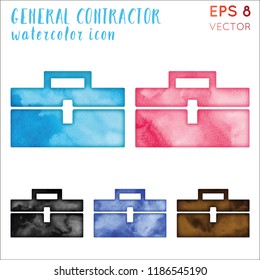When you're preparing a business exterior paint job, seasonal variables can make or break your outcomes. You'll want to take into consideration how temperature level and humidity impact paint application and drying out times. Selecting the right period can ensure your paint sticks properly and lasts much longer. Yet which periods are really the best for this type of job? Let's explore the key elements that can impact your task's success.
The Effect of Temperature Level on Paint Application
When you're intending an industrial outside paint job, the temperature level can significantly impact how well the paint adheres and dries.
Ideally, you want to paint when temperature levels vary between 50 ° F and 85 ° F. If it's also cold, the paint might not cure appropriately, resulting in concerns like peeling or splitting.
On the other hand, if it's too warm, the paint can dry out as well swiftly, preventing proper bond and leading to an unequal finish.
You should also take into consideration the time of day; morning or late afternoon supplies cooler temperatures, which can be a lot more favorable.
Always inspect the producer's recommendations for the particular paint you're using, as they usually provide advice on the suitable temperature variety for optimum outcomes.
Humidity and Its Result on Drying Times
Temperature isn't the only ecological aspect that influences your commercial outside paint project; moisture plays a considerable duty as well. High moisture levels can slow down drying out times drastically, impacting the general high quality of your paint work.
When the air is saturated with wetness, the paint takes longer to treat, which can result in issues like inadequate bond and a greater danger of mold development. If you're repainting on a specifically moist day, be gotten ready for extended wait times between layers.
It's important to check regional weather and plan accordingly. Preferably, aim for moisture degrees between 40% and 70% for optimal drying out.
Maintaining these consider mind ensures your job stays on track and provides an enduring finish.
Best Seasons for Commercial Outside Painting Projects
What's the very best time of year for your industrial exterior painting projects?
Springtime and early autumn are typically your best bets. During these periods, temperature levels are mild, and humidity levels are typically reduced, developing perfect problems for paint application and drying.
Prevent summer season's intense heat, which can trigger paint to completely dry also rapidly, leading to poor adhesion and finish. In a similar way, winter season's cold temperature levels can prevent proper drying and healing, taking the chance of the durability of your paint job.
Aim for days with temperature levels in between 50 ° F and 85 ° F for ideal results. Remember to examine the local weather report for rain, as wet problems can wreck your task.
painters contractors around these variables guarantees your painting project runs smoothly and lasts much longer.
Final thought
In conclusion, preparing your commercial external paint jobs around seasonal considerations can make a significant distinction in the end result. By organizing just click the following document during the suitable temperatures and humidity levels, you'll make sure better bond and drying out times. Bear in mind to keep an eye on neighborhood weather forecasts and pick the correct time of year-- spring and early loss are your best bets. Taking these steps will certainly help you accomplish a resilient and expert surface that lasts.
